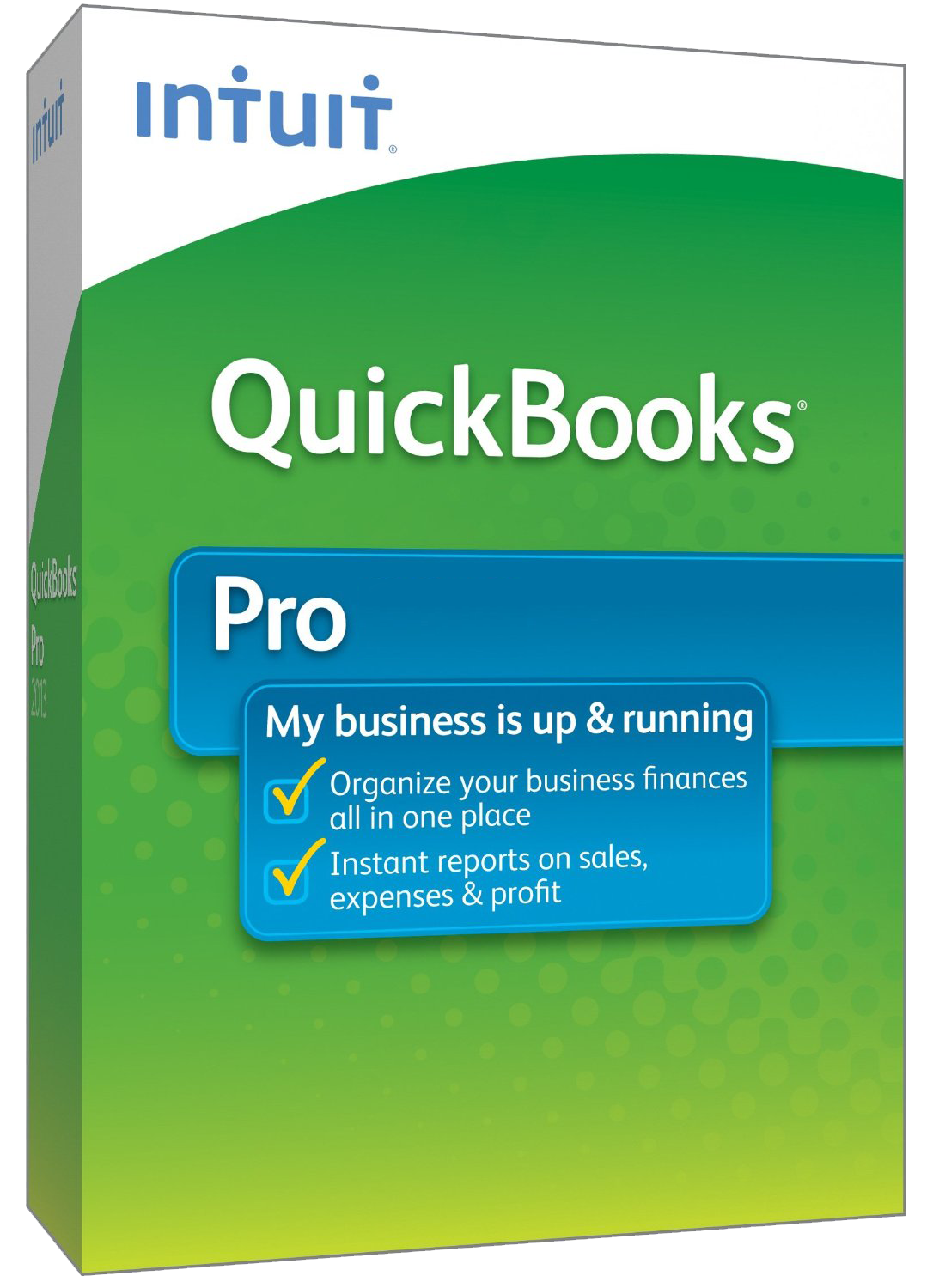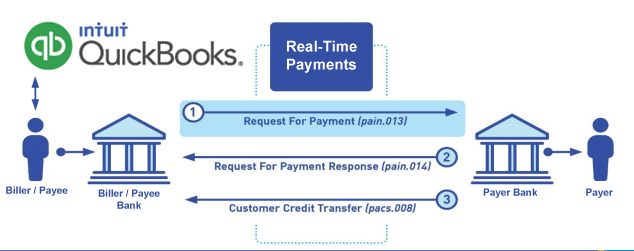QuickBooks ® Real-Time Payments File Format Invoicing
The Best Solution for Payment Processing in QuickBooks®
Today Payments is an Authorized Reseller of Intuit offering a highly robust app that supports both QuickBooks’ desktop and online customers, provide merchants with the tools they need so they can focus more time on their customers and businesses, and less time on data entry.
"Our Integrated payment solutions can save a typical small business owner more than 180 hours each year"
See
the features
QuickBooks® ACH, Cards, FedNow and Real-Time Payments
- Payment processing for all QuickBooks desktop, Pro, Premier, Enterprise and also QBO QuickBooks Online Our software is designed for simplicity and ease-of-use.


- ~ Automate Account Receivable Collection
- ~ Automate Account Payable Payments
- ~ One-time and Recurring Debits / Credits
Secure QB Plugin payment processing through QuickBooks ® specializes in the origination of moving money electronically.
Ask about our special:
Request for Payments
To create a Real-Time Payments (RTP) Request for Payment (RfP) file for QuickBooks Online (QBO) using the ISO 20022 format, you can follow this approach, which involves configuring the appropriate tools and following best practices for file creation.
Steps to Create RTP Request for Payment (RfP) File Format for QBO:
1. Set up SecureQBPlugin Integration
To ensure compatibility with real-time payments (such as FedNow or The Clearing House RTP), integrate SecureQBPlugin with QuickBooks Online. This plugin automatically generates the necessary ISO 20022 format and manages the secure transmission of the file. You can configure the plugin to communicate directly with your bank’s RTP network
2. Create Invoice in QuickBooks Online
- Step 1: In QuickBooks Online (QBO),
create a standard invoice as you normally would, including all relevant
details such as:
- Invoice number
- Amount due
- Due date
- Customer details
- Step 2: When creating the invoice, select Real-Time Payment as the preferred payment method. This will link the invoice to a real-time payment option via SecureQBPlugin.
3. Generate and Format the RfP File (ISO 20022)
- Once you’ve created the invoice in QuickBooks,
SecureQBPlugin will automatically generate the Request for
Payment (RfP) file in the ISO 20022 PAIN.013 format. This
file will contain:
- Creditor Information (Payee): The payee’s bank details, including IBAN, account number, and routing information.
- Debtor Information (Payer): The payer’s bank information and details for payment processing.
- Payment Amount and Currency: The amount due and the currency for the transaction.
- Payment Date: The due date by which payment is required.
- Remittance Information: Detailed information about the invoice or service being paid for (e.g., invoice numbers, service descriptions)
4. Sending the RfP File to the Bank
- The SecureQBPlugin facilitates sending the RfP file directly to your customer’s bank or via a hosted payment page (which could include a link in the invoice). The bank will process the RTP request and notify the payer.
- You can send the file securely using methods like SFTP or HTTPS, ensuring the file complies with encryption standards for secure transmission(
5. Customer Payment Process
- The payer will receive the payment request via their bank’s online dashboard or through the payment page linked in the invoice. They can then approve the payment, and the funds will be transferred instantly.
6. Reconcile Payments in QuickBooks
- Once the payment is completed, QuickBooks will automatically mark the invoice as “Paid” and reconcile the transaction, eliminating the need for manual updates. SecureQBPlugin ensures that all payment details are reflected in your financial records in real-time
Key File Components in ISO 20022 Format
- <CdtTrfTxInf>: Contains information related to the credit transfer, such as payment amount.
- <UltmtDbtr>: Includes the ultimate debtor’s (payer’s) details.
- <IntrBkSttlmAmt>: Specifies the interbank settlement amount.
- <ReqdExctnDt>: Defines the required execution date for the payment.
- <RmtInf>: Provides remittance information (e.g., invoice number, customer reference).
Tools Required:
- QuickBooks Online: For managing your invoices and accounting processes.
- SecureQBPlugin: To generate and send ISO 20022-compliant RfP files.
- Bank’s RTP Network: Ensure that your bank supports RTP through systems like FedNow or The Clearing House.
Conclusion
Using QuickBooks Online with SecureQBPlugin, you can create and send RTP Request for Payment files in the ISO 20022 PAIN.013 format, ensuring compliance with modern payment standards. This automated process simplifies real-time payment requests, speeds up payment cycles, and reduces manual intervention
.
Call us, the .csv and or .xml Request for Payment (RfP) file you need while on your 1st phone call! We guarantee our reports work to your Bank and Credit Union. We were years ahead of competitors recognizing the benefits of RequestForPayment.com. We are not a Bank. Our function as a role as an "Accounting System" in Open Banking with Real-Time Payments to work with Billers to create the Request for Payment to upload the Biller's Bank online platform. U.S. Companies need help to learn the RfP message delivering their bank. Today Payments' ISO 20022 Payment Initiation (PAIN .013) show how to implement Create Real-Time Payments Request for Payment File up front delivering message from the Creditor (Payee) to it's bank. Most banks (FIs) will deliver the message Import and Batch files for their company depositors for both FedNow and Real-Time Payments (RtP). Once uploaded correctly, the Creditor's (Payee's) bank continuing through a "Payment Hub", will be the RtP Hub will be The Clearing House, with messaging to the Debtor's (Payer's) bank.
Our in-house QuickBooks payments experts are standing ready to help you make an informed decision to move your company's payment processing forward.
Pricing with our Request For Payment Professionals

1) Free ISO 20022 Request for Payment File Formats, for FedNow and Real-Time Payments (The Clearing House) .pdf for you manually create "Mandatory" (Mandatory data for completed file) fields, start at page 4, with "yellow" highlighting. $0.0 + No Support
2) We create .csv or .xml formatting using your Bank or Credit Union. Create Multiple Templates. Payer/Customer Routing Transit and Deposit Account Number may be required to import with your bank. You can upload or "key data" into our software for File Creation of "Mandatory" general file.
Fees = $57 monthly, including Support Fees and Batch Fee, Monthly Fee, User Fee, Additional Payment Method on "Hosted Payment Page" (Request for file with an HTML link per transaction to "Hosted Payment Page" with ancillary payment methods of FedNow, RTP, ACH, Cards and many more!) + $.03 per Transaction + 1% percentage on gross dollar file,
3) Payer Routing Transit and Deposit Account Number is NOT required to import with your bank. We add your URI for each separate Payer transaction.
Fees Above 2) plus $29 monthly additional QuickBooks Online "QBO" formatting, and "Hosted Payment Page" and WYSIWYG
4) Above 3) plus Create "Total" (over 600 Mandatory, Conditional & Optional fields of all ISO 20022 Pain .013) Price on quote.
